1. Blockbuster
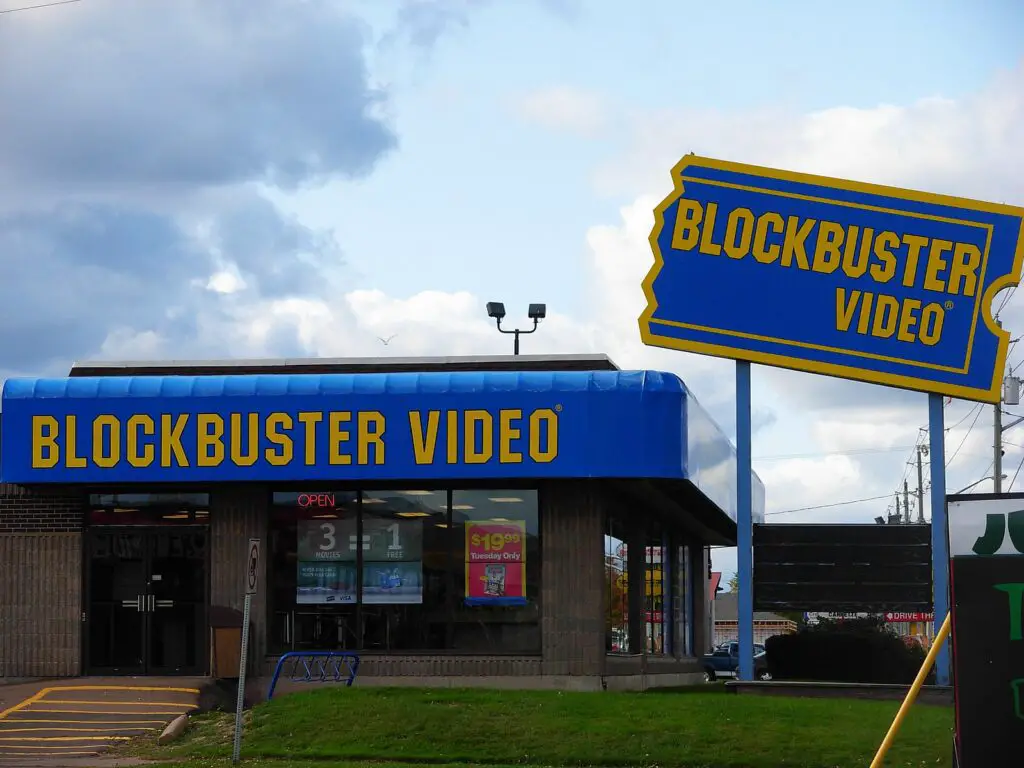
Few brands evoke as much nostalgia as Blockbuster, the iconic video rental chain that defined weekend entertainment in the 1990s and early 2000s. Wandering the aisles, picking out VHS tapes or DVDs, and grabbing some popcorn on the way to the checkout were staples of family nights. The rise of streaming services like Netflix ultimately led to Blockbuster’s decline, with the majority of its stores closing by 2014.
According to CNN, only one Blockbuster store remains open, located in Bend, Oregon, and it has become a nostalgic pilgrimage site for fans of the brand. Blockbuster’s legacy lives on in pop culture and in the memories of millions who grew up during its heyday.
2. Toys “R” Us
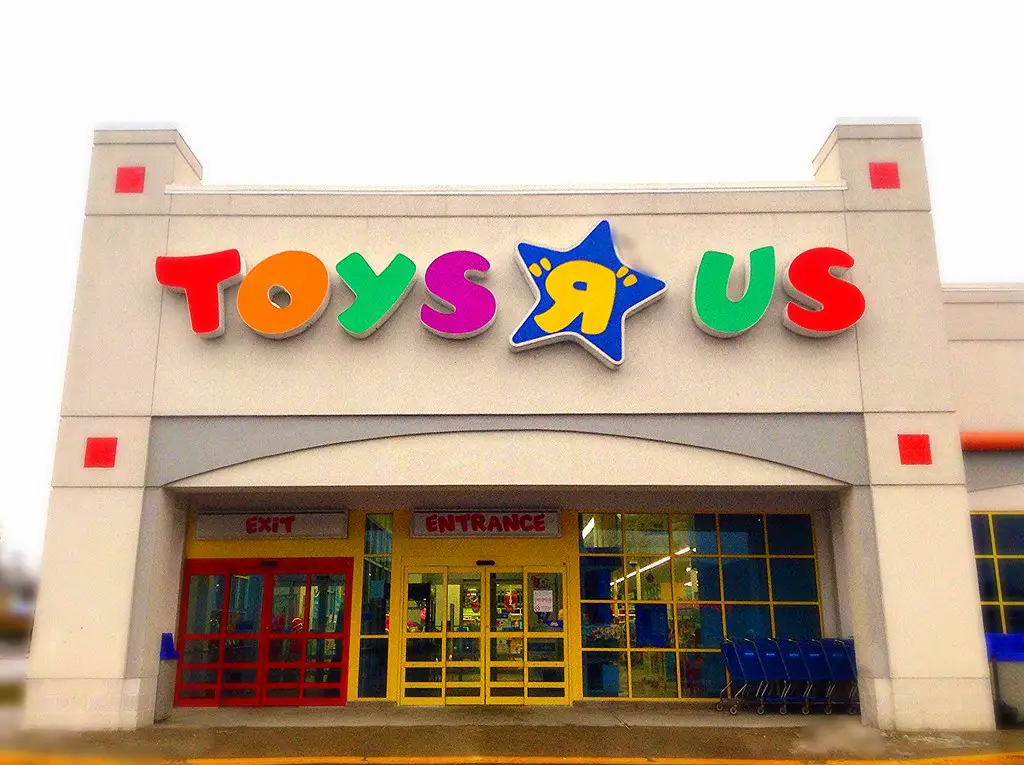
For decades, Toys “R” Us was the go-to destination for kids and parents looking for the latest toys, games, and gadgets. The chain’s mascot, Geoffrey the Giraffe, and its catchy slogan, “I don’t want to grow up, I’m a Toys ‘R’ Us kid,” became symbols of childhood joy. Despite its cultural significance, the company filed for bankruptcy in 2017 and closed most of its stores.
As highlighted by USA Today, Toys “R” Us has made small attempts at a comeback through partnerships and pop-up stores, but it has yet to reclaim its former glory. For many, the brand remains a bittersweet memory of magical shopping trips and Christmas wish lists.
3. Borders
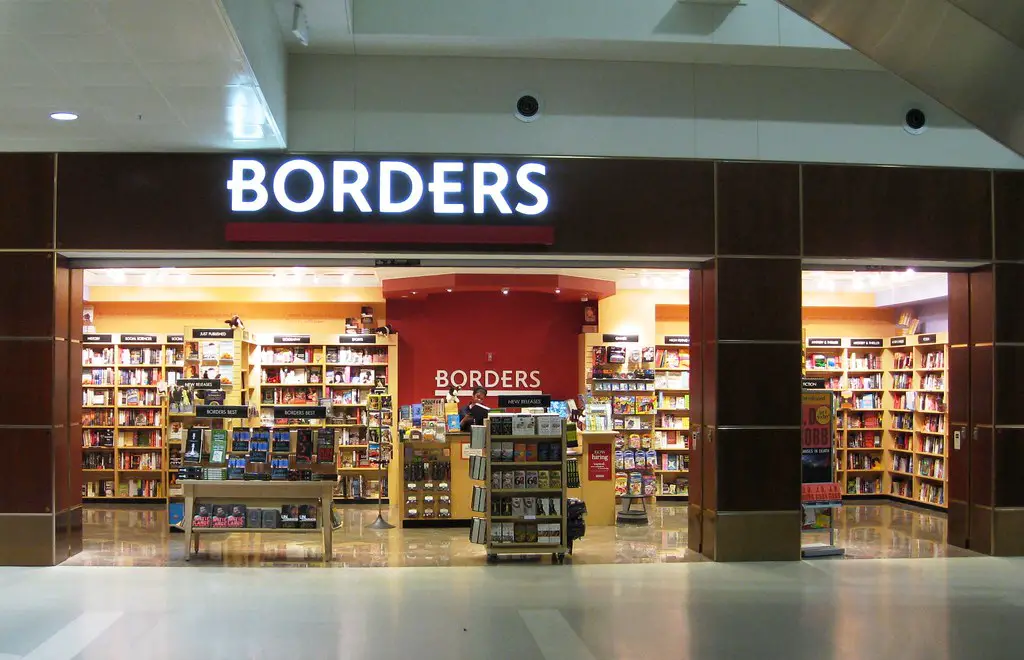
Book lovers still mourn the loss of Borders, a bookstore chain that was a haven for readers in the 1990s and early 2000s. Known for its wide selection of books, music, and cozy reading nooks, Borders was a place where you could spend hours browsing. Unfortunately, the rise of e-books and online retailers like Amazon led to Borders’ bankruptcy in 2011.
According to The Guardian, Borders’ downfall serves as a cautionary tale for retailers that failed to adapt to the digital age. The brand is remembered fondly by those who loved its in-store experience and the thrill of discovering a new favorite book.
4. Kodak
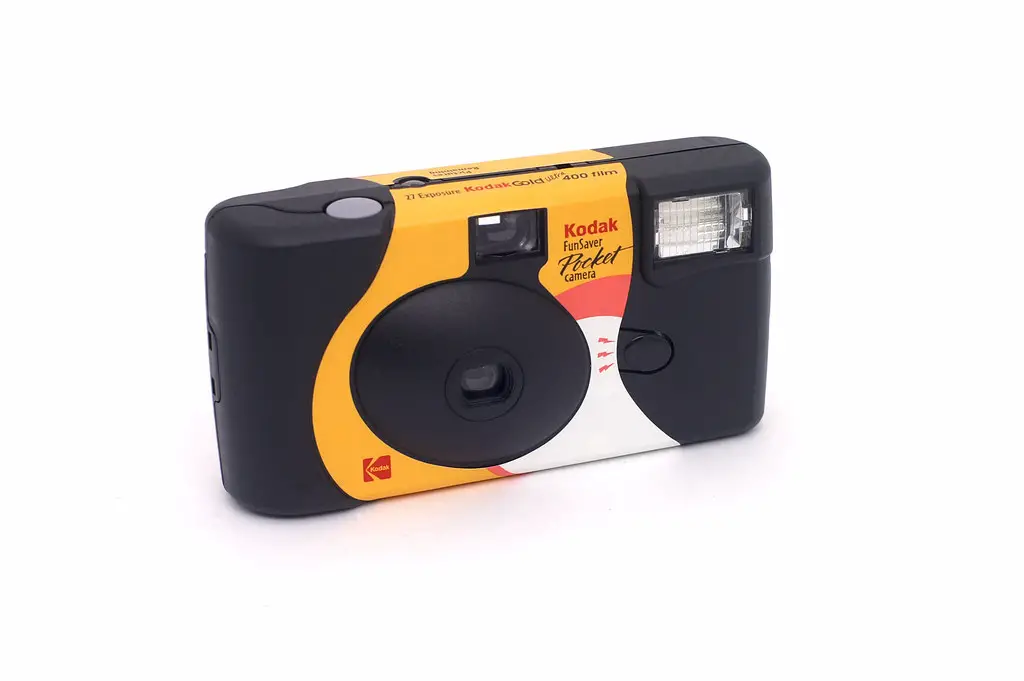
Once synonymous with photography, Kodak was the brand behind countless family photos, disposable cameras, and rolls of film. Its tagline, “Share moments, share life,” encapsulated its mission to capture life’s special memories. However, the shift to digital photography left Kodak struggling to stay relevant, and the company filed for bankruptcy in 2012.
As reported by BBC, Kodak has pivoted to focus on other technologies, but it will always be remembered for its iconic role in preserving memories. For many, flipping through old photo albums brings back the golden era of Kodak.
5. AOL
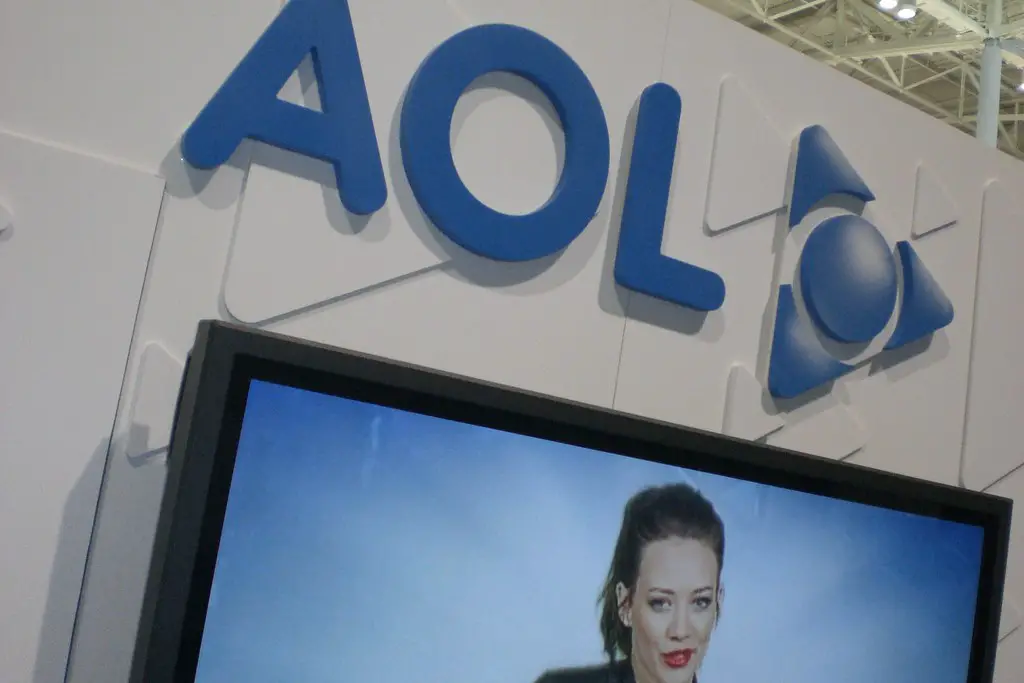
In the early days of the internet, AOL (America Online) was a household name. From its iconic “You’ve got mail!” notification to its ubiquitous CD-ROMs offering free trial memberships, AOL was a gateway to the digital world. At its peak in the late 1990s, AOL was the leading internet service provider in the U.S.
According to TechCrunch, AOL struggled to keep up as broadband internet replaced dial-up connections and new tech giants emerged. While AOL still exists in some capacity, it’s far removed from its former dominance, leaving those early internet memories firmly in the past.
6. Crystal Pepsi

Launched in the early 1990s, Crystal Pepsi was a clear, caffeine-free soda that promised to be the future of soft drinks. Its novelty and quirky marketing made it a hit, but sales declined quickly, and the brand was discontinued by 1994. Brief re-releases in recent years have reignited nostalgia for the clear cola.
As noted by The Washington Post, Crystal Pepsi’s short-lived success remains a nostalgic touchpoint for fans of 1990s pop culture. Its unique concept and retro branding continue to evoke fond memories.
7. Delia’s
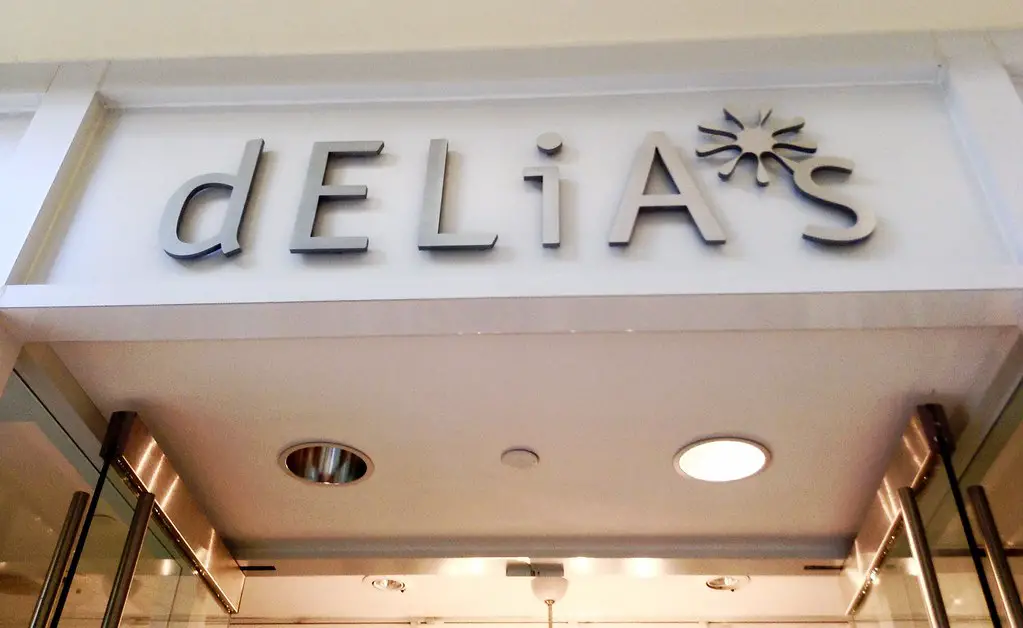
Delia’s was a staple of 1990s and early 2000s teen fashion, known for its colorful catalogs filled with quirky clothing, accessories, and iconic platform shoes. Aimed at young girls and teens, the brand became a cultural phenomenon, representing a fun and carefree aesthetic. Despite its popularity, Delia’s filed for bankruptcy in 2014 due to competition from fast fashion retailers.
According to The New York Times, Delia’s briefly resurfaced as an online retailer but failed to recapture its former magic. For those who grew up circling items in the catalog with their friends, Delia’s remains a nostalgic reminder of Y2K-era style.
8. Ecto Cooler (Hi-C)

Ecto Cooler, a bright green citrus-flavored Hi-C drink, was originally released in 1987 as a tie-in to The Real Ghostbusters animated series. With Slimer from the franchise featured prominently on the packaging, it became a childhood favorite for its unique flavor and vibrant color. Despite its popularity, Ecto Cooler was discontinued in 2001.
As noted by Food & Wine, Ecto Cooler made brief comebacks in 2016 for the Ghostbusters reboot and again in limited promotions, fueling nostalgia among fans. Its discontinuation left a lasting impact, and many still pine for the drink’s quirky charm.
9. Sears Catalog

Before the rise of online shopping, the Sears catalog was a household essential, delivering everything from clothing to furniture straight to your door. Introduced in the late 19th century, it became a cornerstone of American retail, making even rural areas feel connected to the consumer world. However, as e-commerce platforms like Amazon grew, Sears struggled to compete, and the catalog was discontinued in 1993.
According to Smithsonian Magazine, the Sears catalog was groundbreaking in its ability to reach consumers nationwide. Its decline marked the end of an era, but it remains a symbol of how shopping once brought families together.
10. Butterfinger BB’s
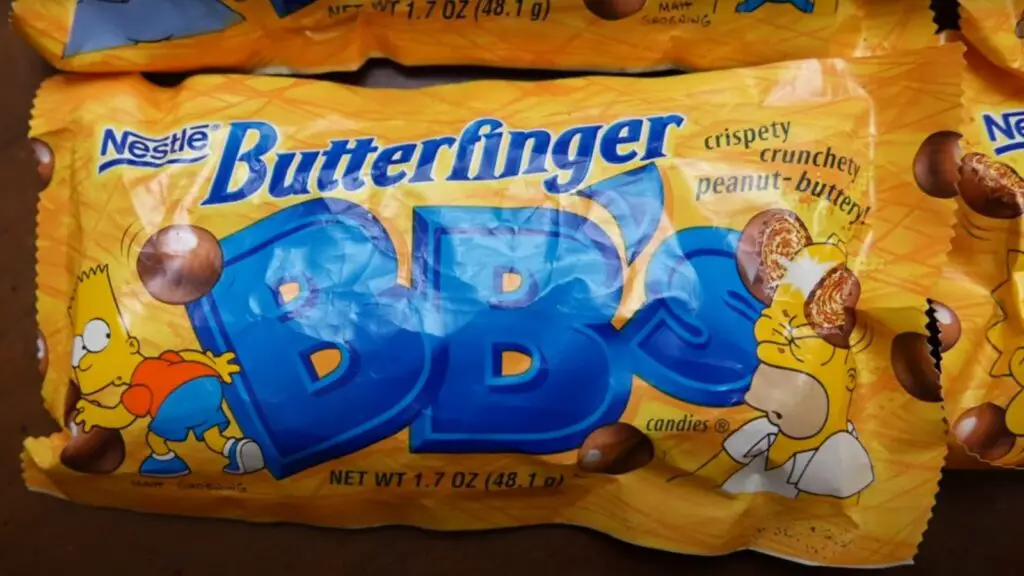
Butterfinger BB’s, the bite-sized version of the classic Butterfinger candy bar, were a favorite treat in the 1990s. Their convenient size and catchy advertising campaigns, often featuring Bart Simpson, made them a beloved snack for kids and adults alike. Despite their popularity, Butterfinger BB’s were discontinued in 2006.
As highlighted by Delish, fans have repeatedly called for Butterfinger BB’s to return, and petitions for their revival often circulate online. Though they haven’t made a comeback, they remain a nostalgic favorite among candy lovers.
11. Circuit City

Once a dominant electronics retailer, Circuit City was the go-to destination for televisions, computers, and home entertainment systems. Known for its massive stores and knowledgeable staff, it was a major player in the 1990s and early 2000s. However, the rise of online retailers like Amazon and competition from Best Buy led to its bankruptcy in 2008.
According to CNET, Circuit City made attempts to relaunch as an online-only store but struggled to regain traction. For those who remember visiting the store for the latest tech gadgets, Circuit City is a nostalgic reminder of how much the retail world has changed.
12. Tab Soda
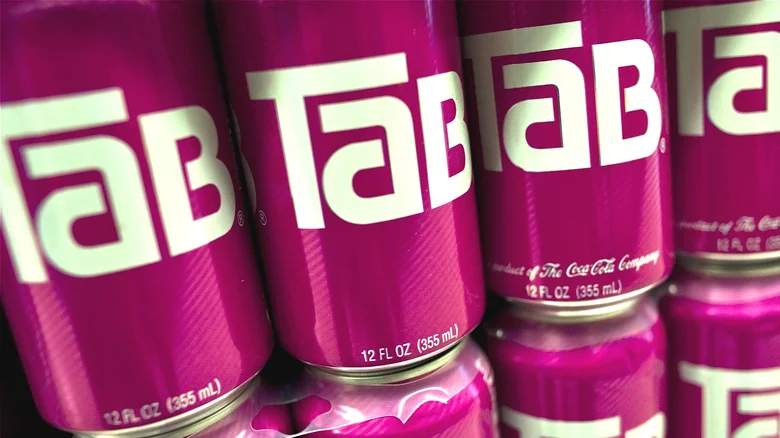
Tab soda, Coca-Cola’s first diet soft drink, was introduced in the 1960s and gained popularity during the 1970s and 1980s. Known for its distinctive pink can and cult following, it was marketed as a trendy alternative for calorie-conscious consumers. However, the rise of Diet Coke eventually overshadowed Tab, leading to its discontinuation in 2020.
As reported by The Guardian, Tab’s loyal fanbase was devastated by the announcement, with many stocking up on the drink before it disappeared. Despite its retirement, Tab remains an iconic piece of soda history and a nostalgic favorite for those who grew up with it.
13. Beanie Babies

Although Beanie Babies still exist, their heyday as a cultural phenomenon has long passed. In the 1990s, these plush toys were marketed as collectibles, with limited editions and “retirements” driving a frenzy among fans. Many people believed they were investing in valuable items, only to see the market collapse in the early 2000s.
According to The Atlantic, Beanie Babies remain a nostalgic symbol of 1990s consumerism and childhood joy. While their monetary value has declined, they hold sentimental value for those who remember the excitement of completing their collections.
14. Polaroid Cameras
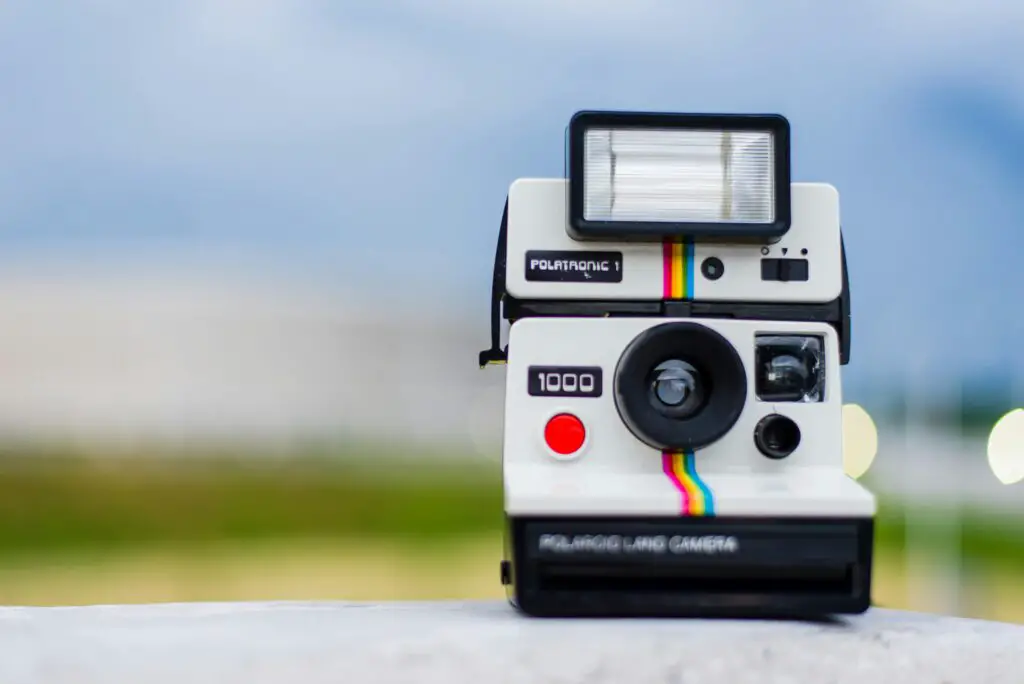
Polaroid cameras, known for their instant photo-developing technology, were a revolutionary product in the 20th century. Popular throughout the 1970s and 1980s, these cameras allowed users to capture memories in a way that was both fun and immediate. However, the rise of digital photography and smartphones rendered Polaroid cameras nearly obsolete by the 2000s.
As noted by Time Magazine, Polaroid attempted a revival with new models and collaborations, but the original charm of its vintage cameras continues to hold nostalgic appeal. For many, flipping through old Polaroid albums brings back fond memories of spontaneous moments frozen in time.
